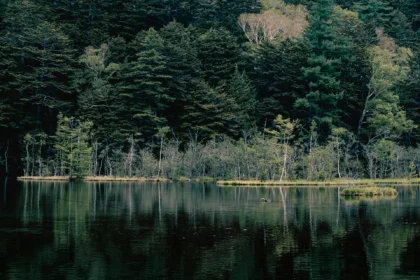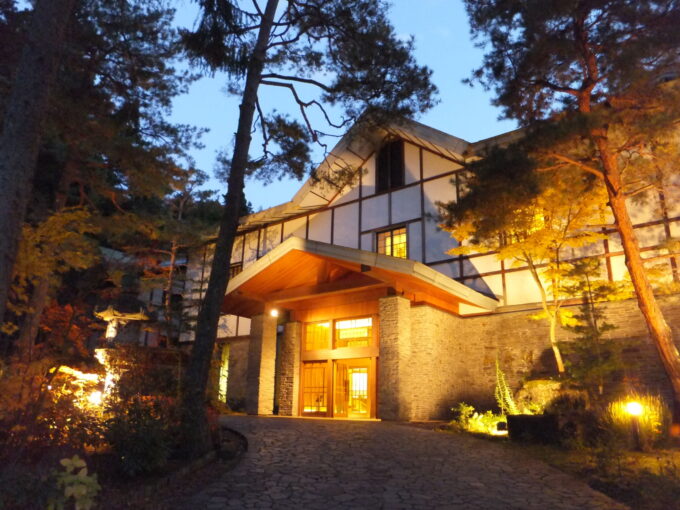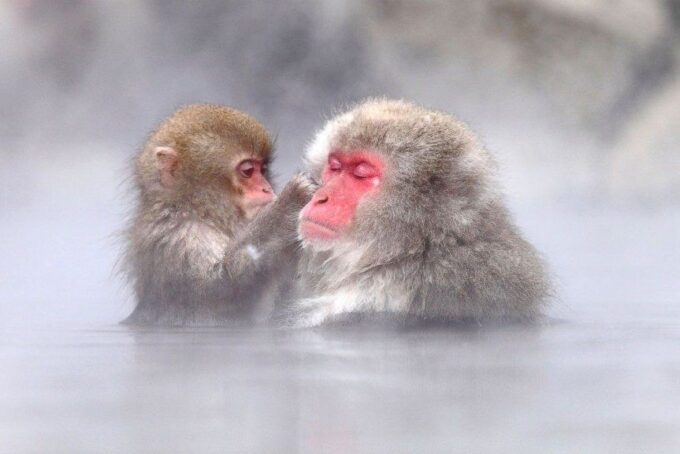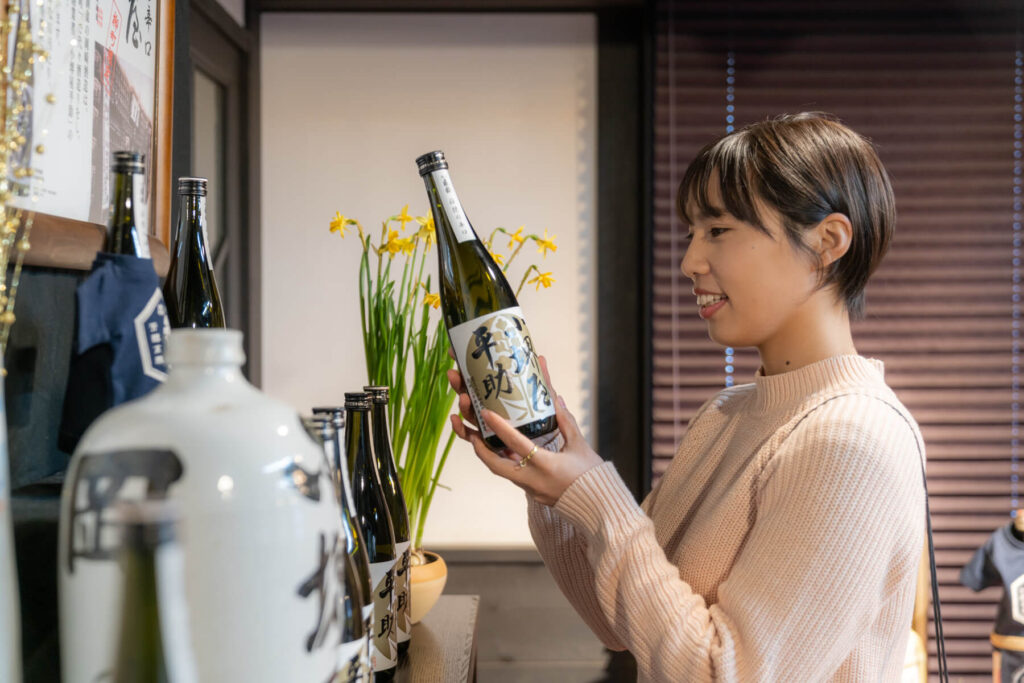
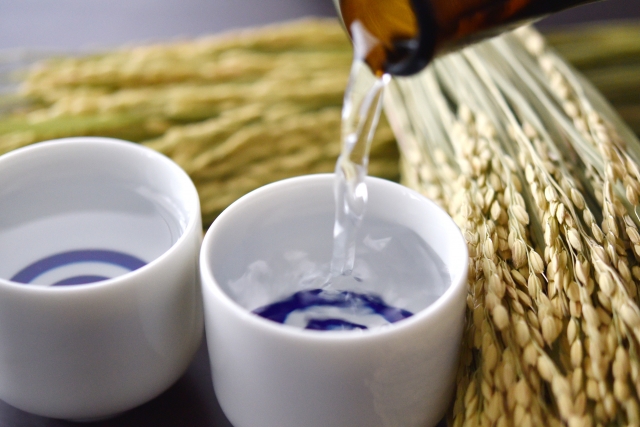
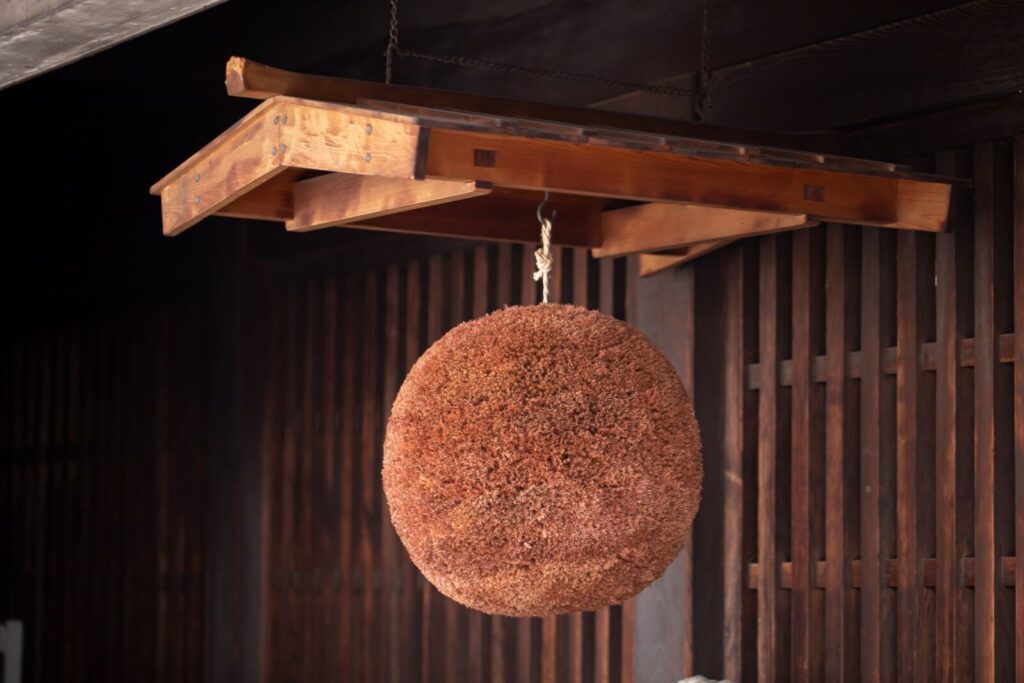
-- The History of Sake in Nagano
-- Pairing Sake with Japanese Cuisine
-- Guided Tours Including Sake Tasting
The popularity of sake is booming internationally and aficionados of the drink will find many excellent breweries to sample and buy from in Nagano. For those taking their first taste of this indulgent world, the brewing process and terminology of sake can at first seem daunting. But armed with some basic information and a couple of key phrases, visitors can quickly start to understand the world of sake, how to choose one and most importantly, the cuisine to match it with.
THE HISTORY OF SAKE IN NAGANO
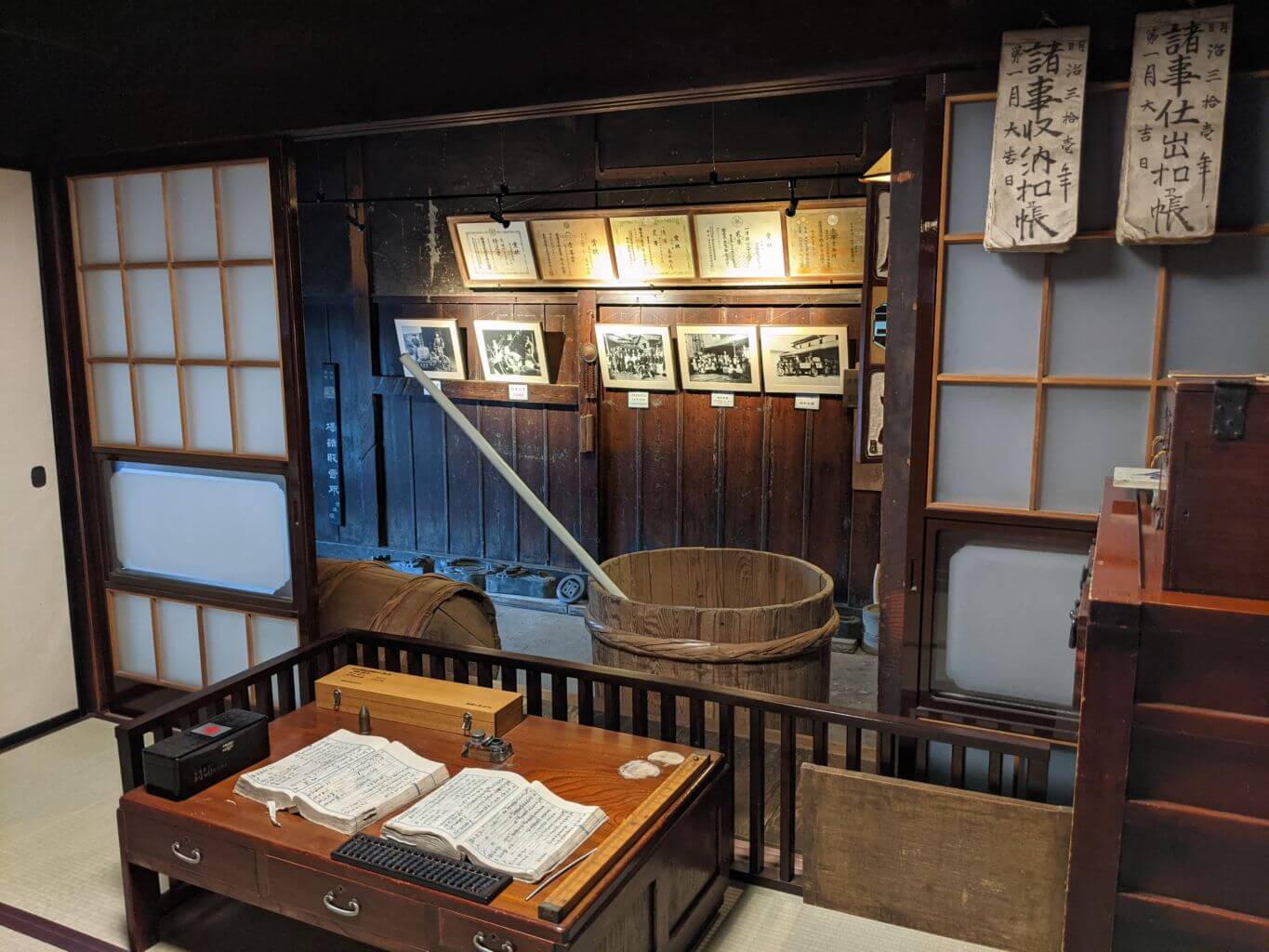
Sake is the quintessential Japanese alcoholic beverage. Although other varieties of alcohol were produced in Japan, none are as old and important to the national psyche. Indeed, even the name of sake in Japanese, 'Nihonshu', directly translates to "Japanese Alcohol". While sake is the commonly used term in English, in Japanese the word refers to all types of alcohol and so 'Nihonshu' must be used as a distinguisher - it seems that when English speakers first visited Japan, this 'Nihonshu' was so ubiquitous that one only needed to use the generic term for alcohol and it would be known what you were asking for!
While sake is frequently referred to as "Rice Wine", the actual brewing process is of course much different than that of grape wine. It is true that sake is made of rice, however, and it is believed that an early predecessor of sake was first produced in Japan around 500 B.C. along with the introduction of rice itself. The birth of what we would now refer to specifically as sake comes a little later, around the 700's A.D. and resulted from developments in the microorganisms used to ferment the rice.

Nagano itself has a deep history with sake. As an important drink used in many religious ceremonies (something like the wine of communion in Europe), many places around Nagano have records of the production and use of sake in ceremonies, festivals, and other cultural events. The first alcohol tax in Nagano was levied in 1696, and laid the basis for the laws which still govern the sale of alcoholic drinks today. By the end of the Edo Era in the 19th century, there were an estimated 500-600 breweries in Nagano, producing copious amounts of the drink and supplying the local and national demand.
Nowadays, as the prefecture with the second highest number of breweries, Nagano still remains a giant in the sake scene. While it is hard to say where the best sake in Japan is produced, Nagano will always be a contender in the race and due to its sheer number of breweries you will likely be able to find something that you enjoy. Thanks to the cold winter weather and clear water that bless the area, the production of sake that is linked so heavily to the history of Japan looks set to continue on for the foreseeable future.
HOW SAKE IS BREWED
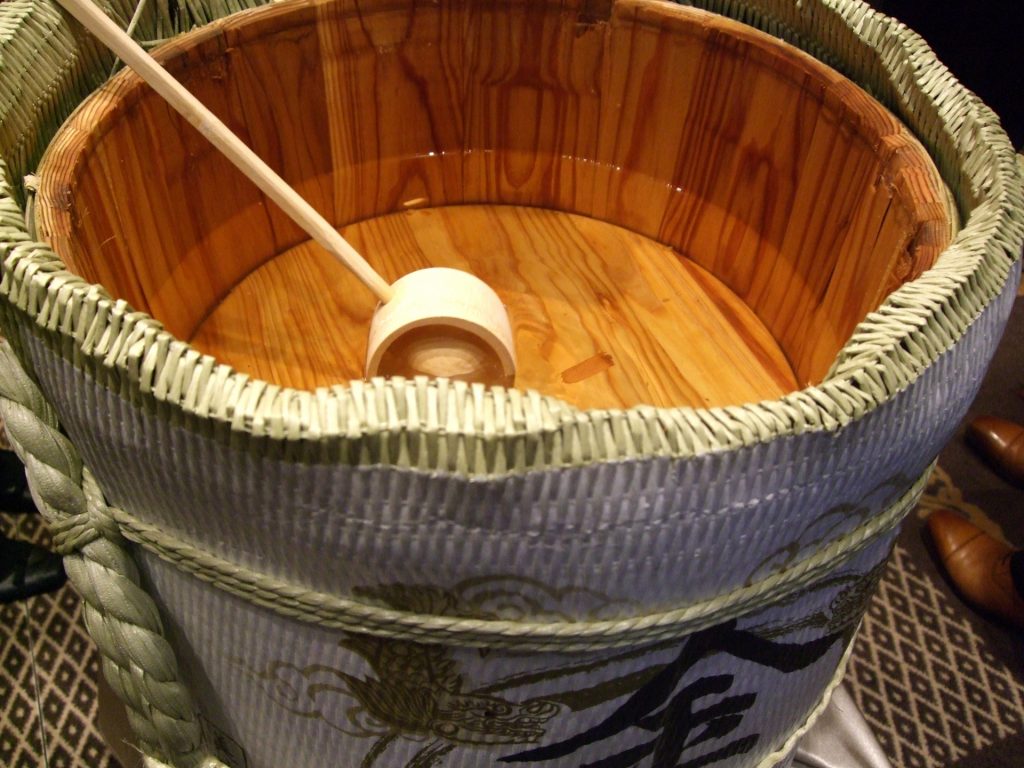
The brewing process typically takes between 3 to 4 weeks are relies of the key ingredients of water, rice, ‘koji’ and ‘shubo’. Sake is 80% water, meaning that a large supply of pure water is essential to production. Good quality rice is also essential and it is no surprise that the region’s producing some of Japan’s best rice, including Nagano and Niigata, also produce the most sake!
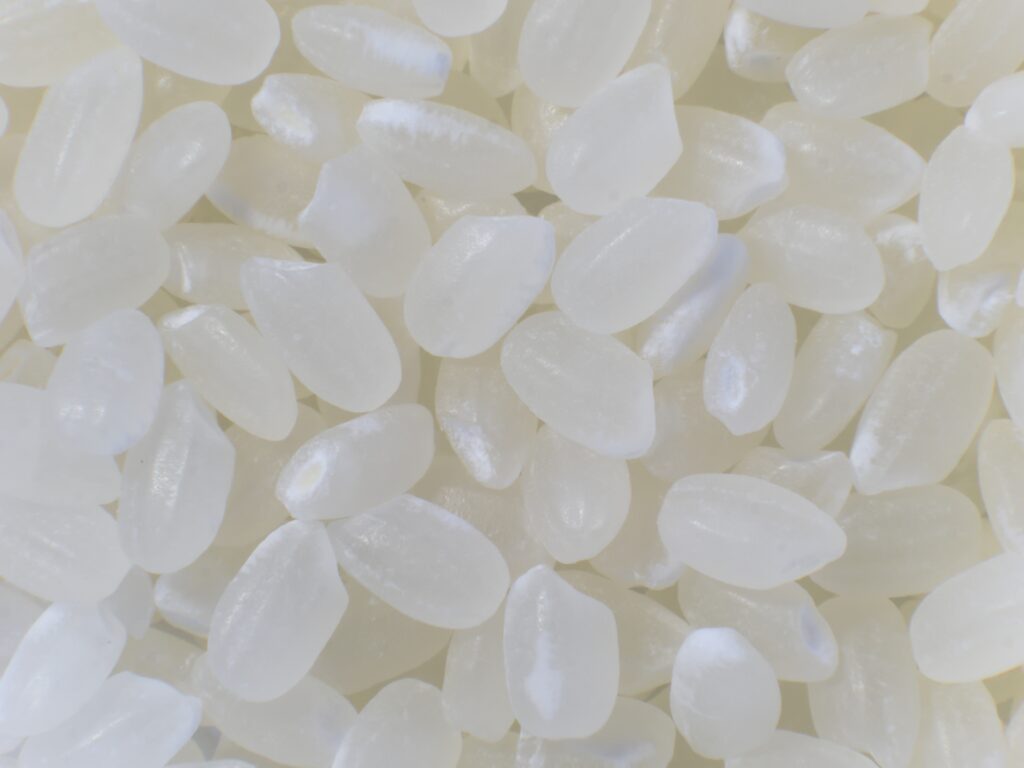
The rice undergoes a process of polishing, washing and steaming to prepare it for fermentation; a process that relies on two ingredients – ‘koji-kin’ (a strain of healthy mold) and ‘shubo’ (yeast)*. The combination of these ingredients with the steamed rice and results in fermentation and conversion of the ingredients to alcohol.
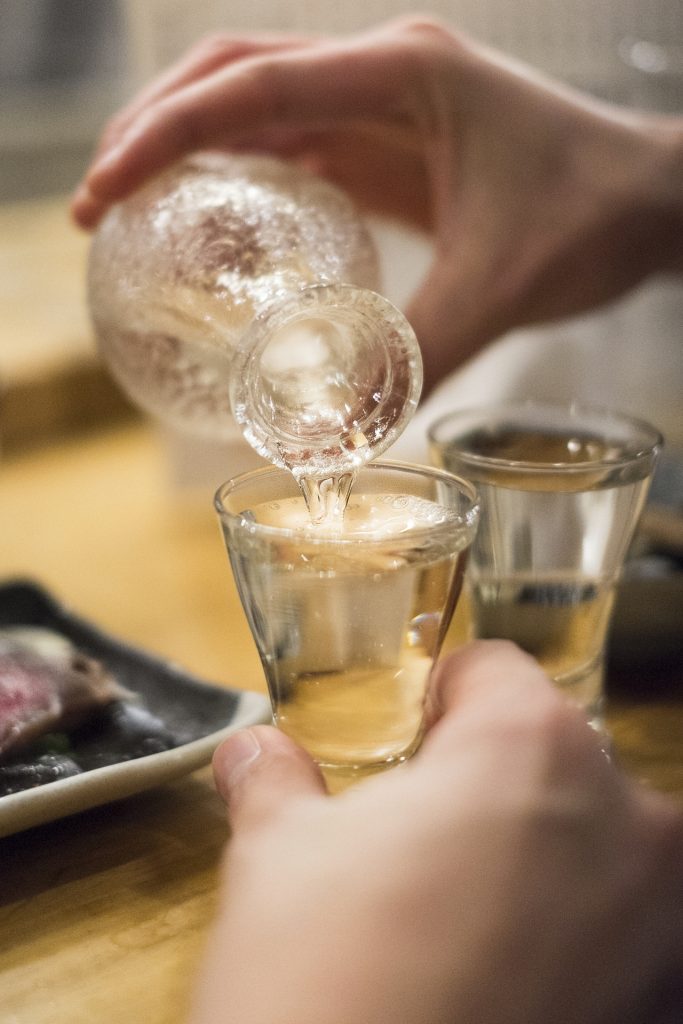
The alcoholic liquid is extracted and (typically) filtered – the most common type of sake, called ‘seishu’ - to remove the remaining rice sediments. It is worth noting that there are also many unfiltered sake – called ‘nigori’ – that are cloudy and may have rice sediment remaining.
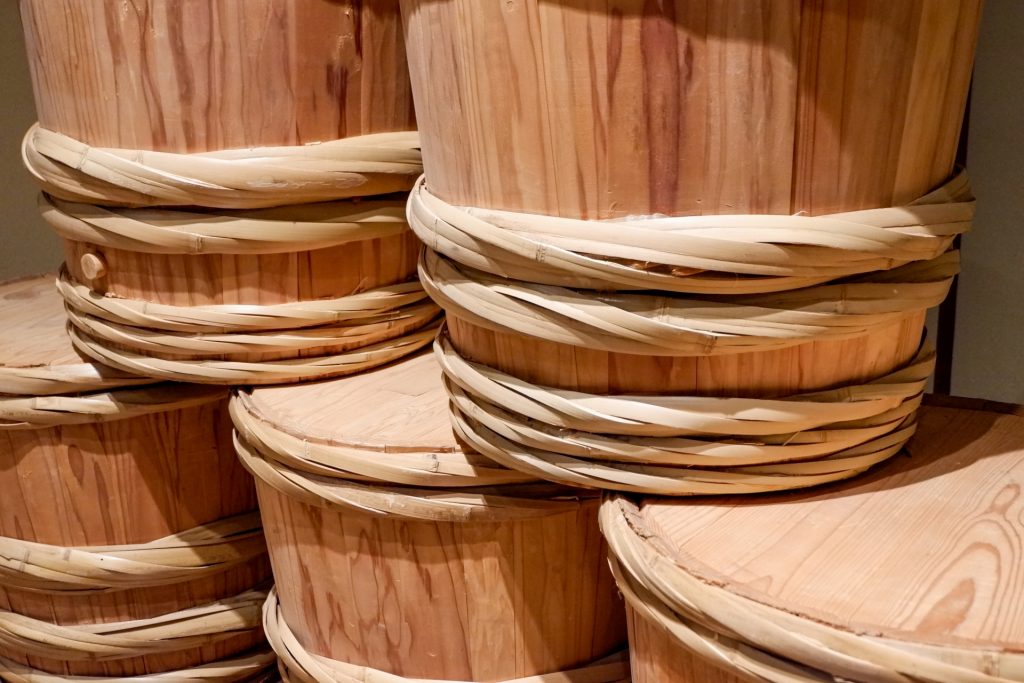
Once the brewing process is finished, most sake are pasteurised and left for a time so that the flavour can settle. It’s then ready to be consumed with most breweries recommending it is drunk within six months of production. In truth, a good bottle of sake will last notably longer as long as it is left unopened in a cool, dark place.
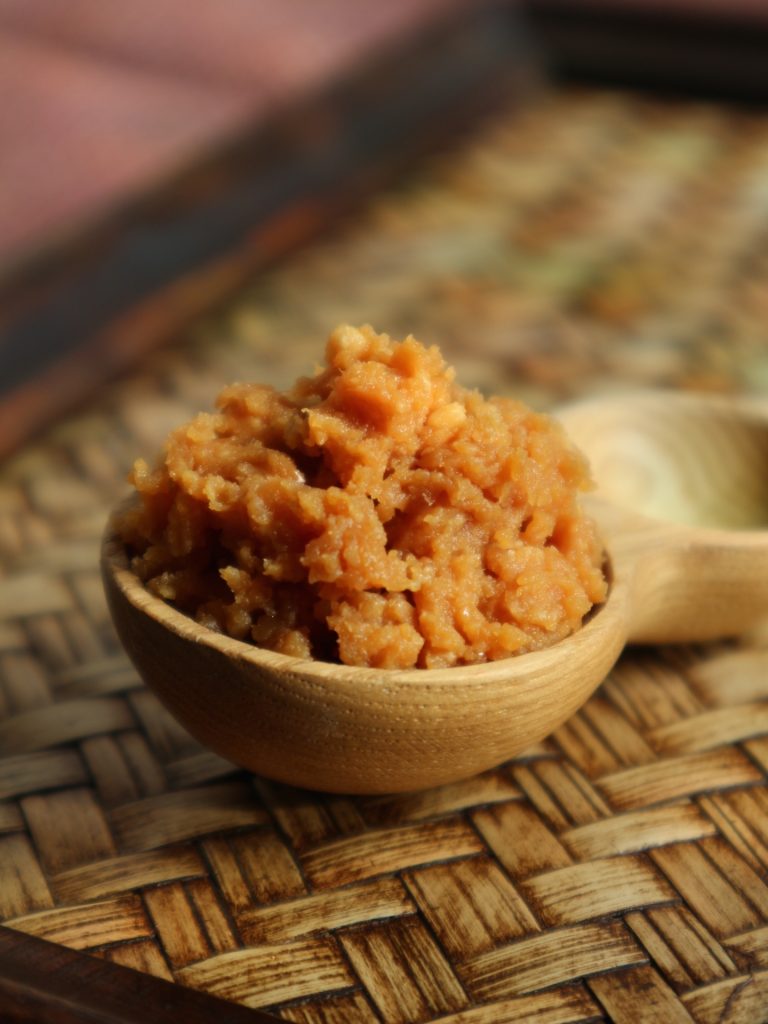
*The fermentation process has a lot in common with the production of ‘miso’ or fermented soybean paste. Many sake breweries began by producing miso and to this day, Nagano remains Japans largest producer of miso – with some breweries still producing both.
When is the best time to visit a brewery?
Put simply, there’s never a bad time to visit! Sake is available all year round and there are numerous varieties to try. Brewed in winter, February to April are especially good times to visit as you can try and buy freshly brewed sake including ‘namazake’.

Unlike most filtered sake, ‘namazake’ is unpasteurised and has a distinct, full flavour. Because it is unpasteurized, it has a relatively short shelf-life and will disappear from breweries, restaurants and stores over the course of the year, until more is brewed in winter.
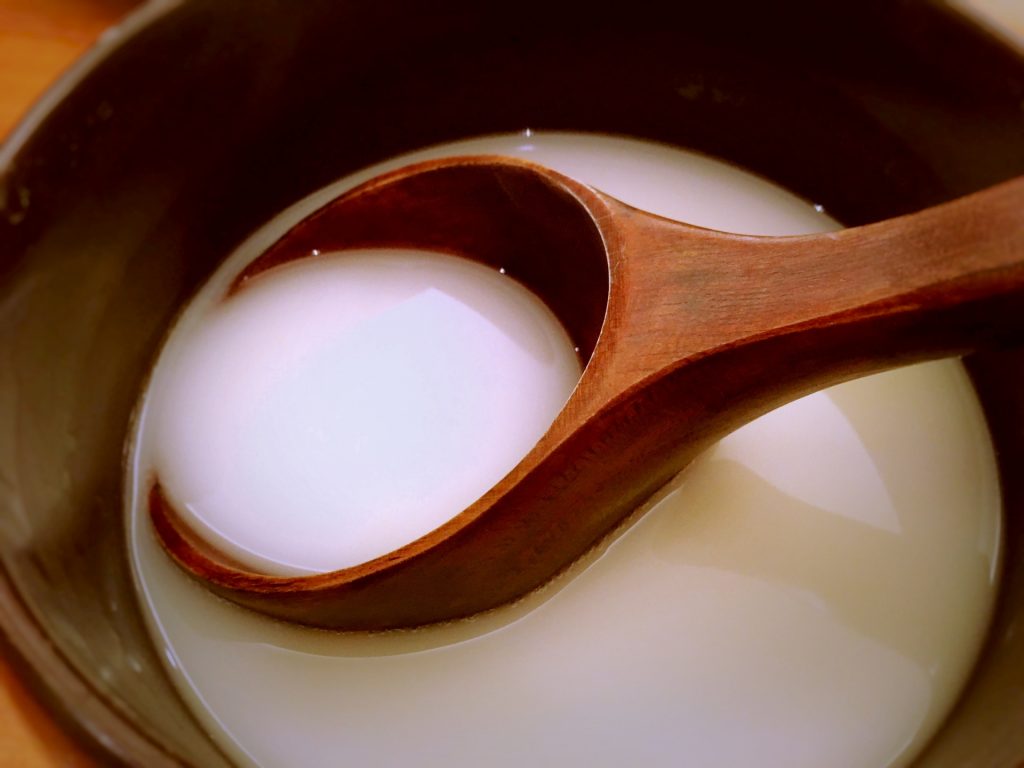
Many breweries also produce seasonal varieties to celebrate the coming spring and cherry blossoms – well worth trying.
Where do I start?
Many if not most breweries can be identified by the ornamental ‘sugidama’ (cedar ball), hanging above their entrances. Made from the needles of Japanese cedars, the large balls are an invitation to enter the brewery, sample and hopefully buy a bottle.
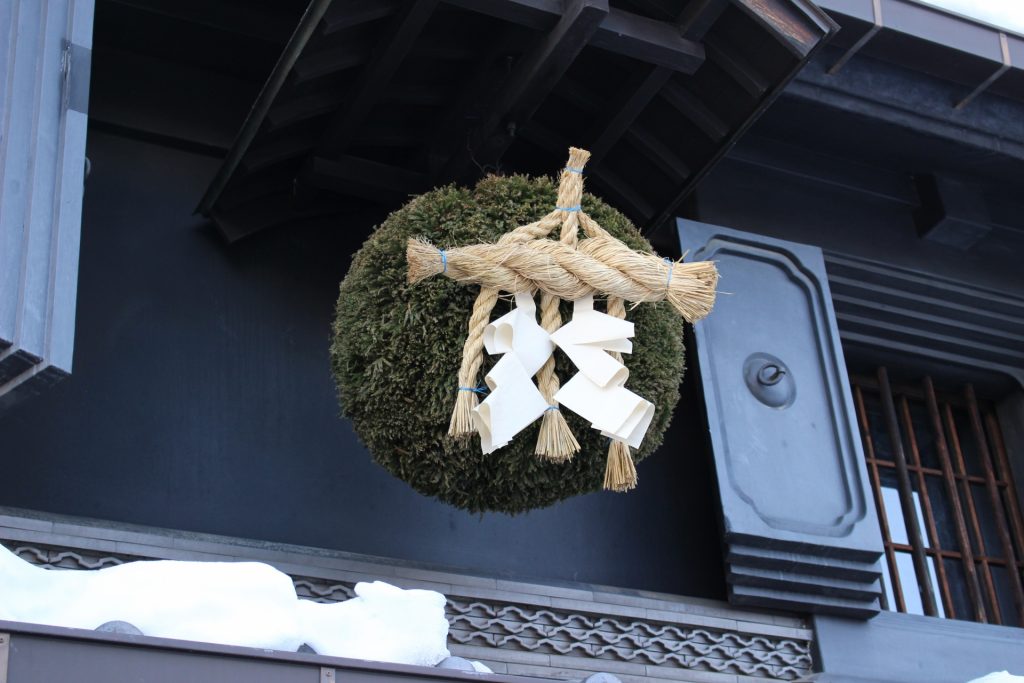
Sake is typically brewed during winter. As the years new sake is ready to be drunk and bought, many breweries will hang a new tsugidama of green cedar, inviting you to enter and try it. Through the year, the colour will fade and the tsugidama will turn brown but always remains an invitation to come inside and have a drink.
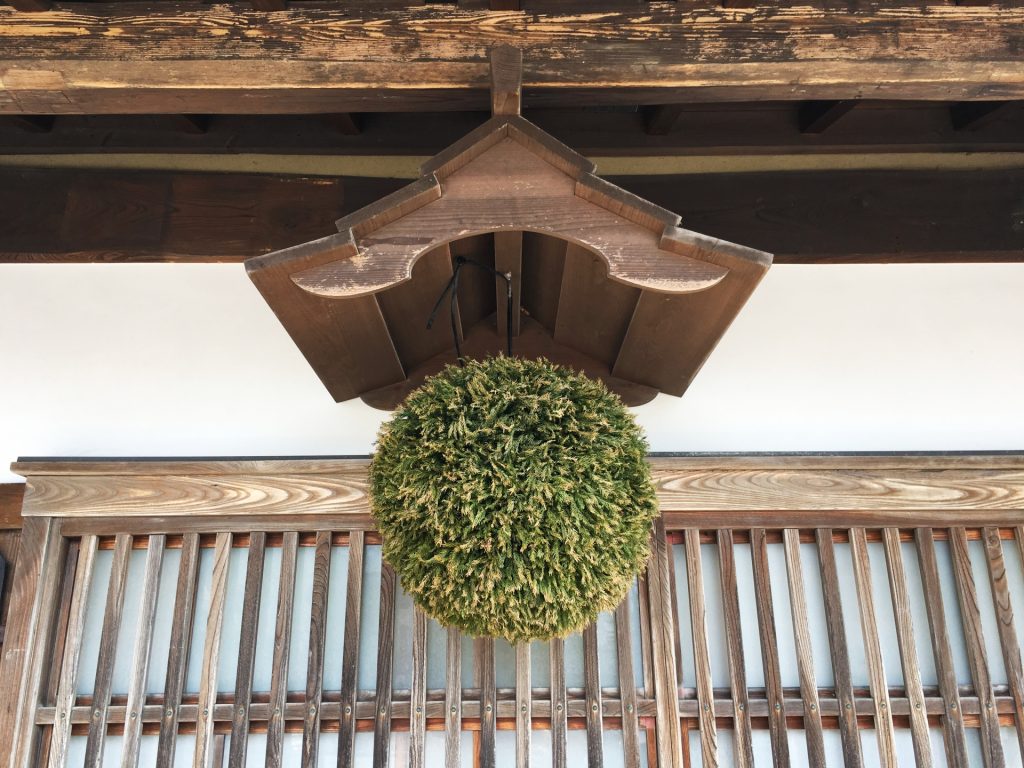
It is worth noting that some bars and restaurants also hang sugidama as a tradition. Either way, when you see one you’ll find a drink available on the other side of the door!
PAIRING SAKE WITH JAPANESE CUISINE
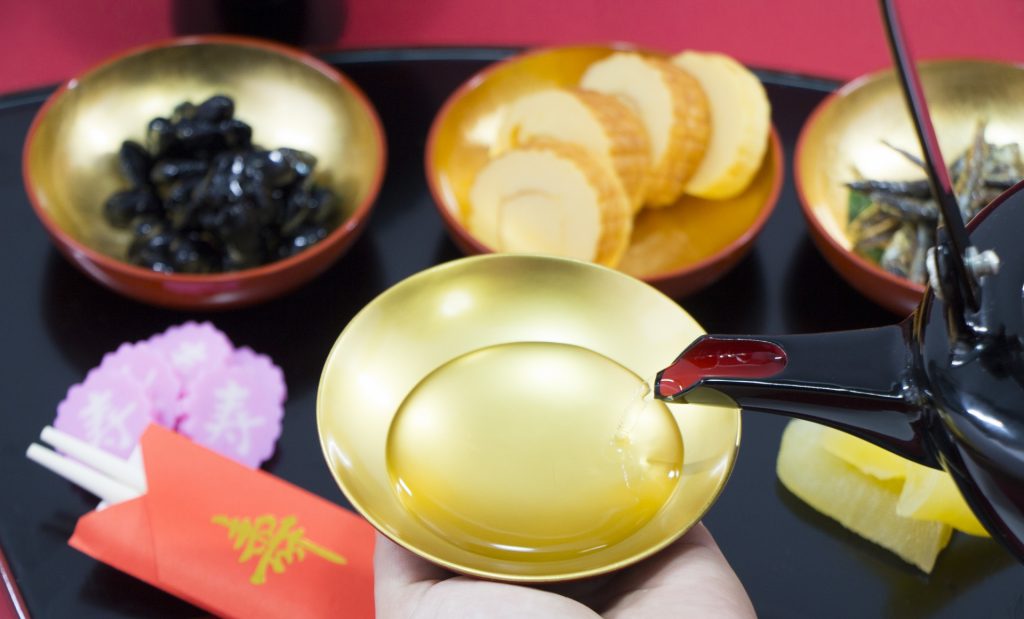
Given Nagano’s long history of sake production, visitors to the region will encounter it everywhere. Homes are well-stocked with bottles and in the evening, a visit to any local restaurant will reveal friends and families enjoying large bottles of sake together.
Sake can be enjoyed any time year, including warming it in winter and cooling it in summer. Enjoyable on its own, sake tastes even better when consumed with food. Breweries usually produce at least some varieties specifically brewed to match the flavour profile of local food.
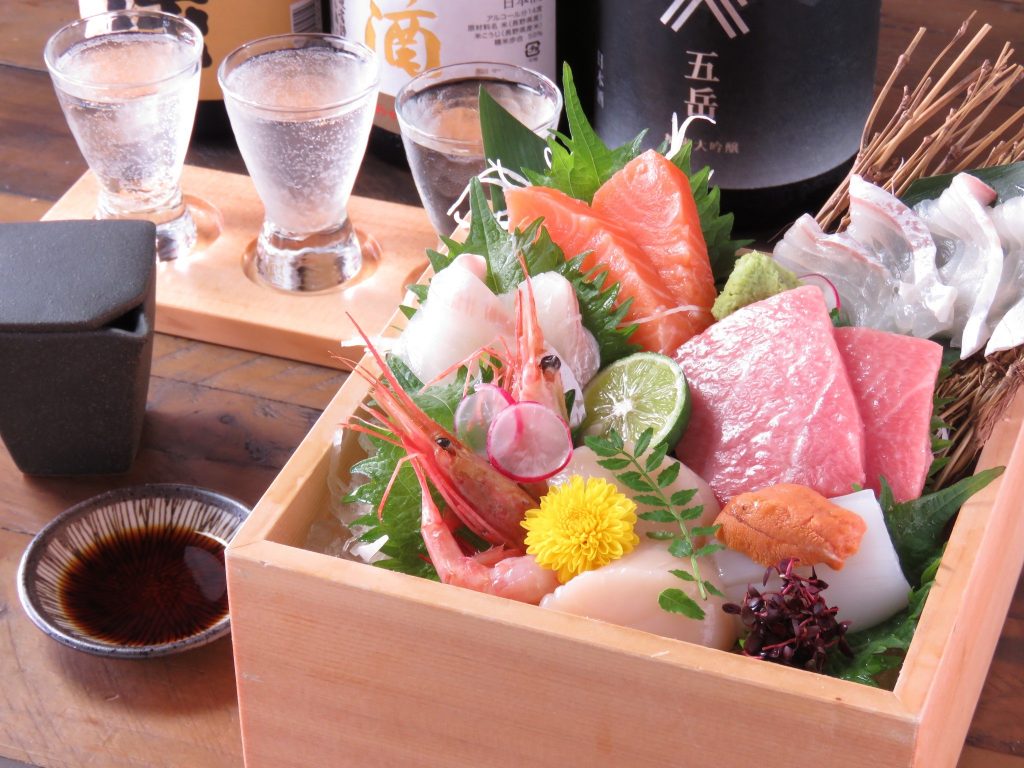
Most famously, sake is consumed with sushi. While Nagano is landlocked, it is also home to many fine sushi restaurants bringing their seafood from the nearby markets on the Sea of Japan - including Nagano City’s Monzen Terrace Enya. Located a short walk from Zenko-ji Temple in the historic Patio Daimon precinct, Monzen Terrace Enya serves a mixed Japanese and Western menu, with English-speaking staff. Seafood is sourced directly from the nearby coastal markets in Niigata, allowing Enya to serve outstanding sushi, sashimi and other seafood in the heart of Nagano City.
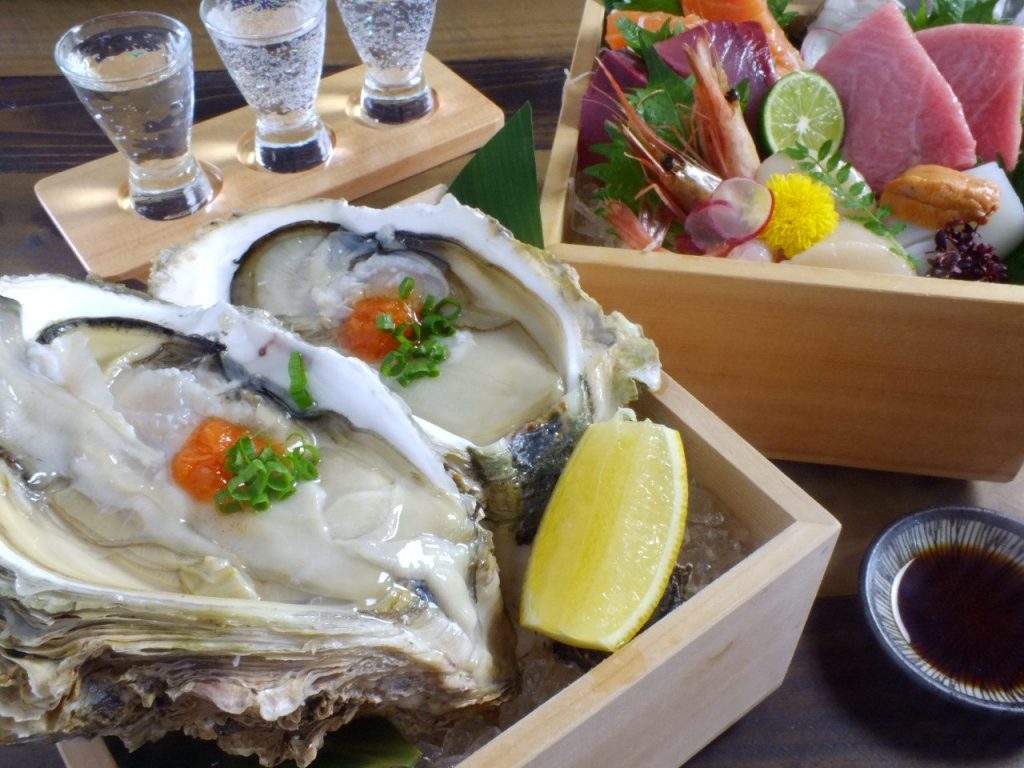
In spring and summer, take advantage of Enya's outdoor terrace - the ideal spot to enjoy a meal, bottle of sake and let the world pass by.
Tsukemono
When visiting the Nagano you might also like to combine with something locally-grown and produced. Translating literally to ‘pickled things’, ‘tsukemono’ is a broad category of food including pickled vegetables served as side dishes and garnish.
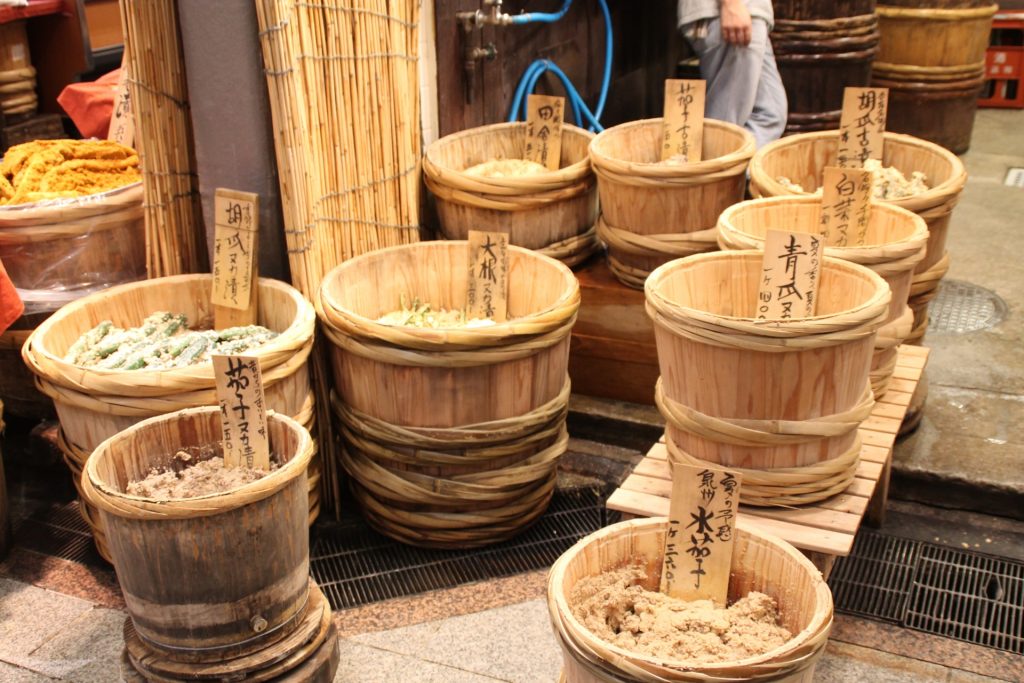
These seemingly simple appetizers are found throughout Japan and often accompany a bottle of sake. The salty flavour of the tsukemono compliments sake and refreshes the palate. Nagano has a long history of producing excellent tsukemono – a world which offers a surprising variety of flavour and types.
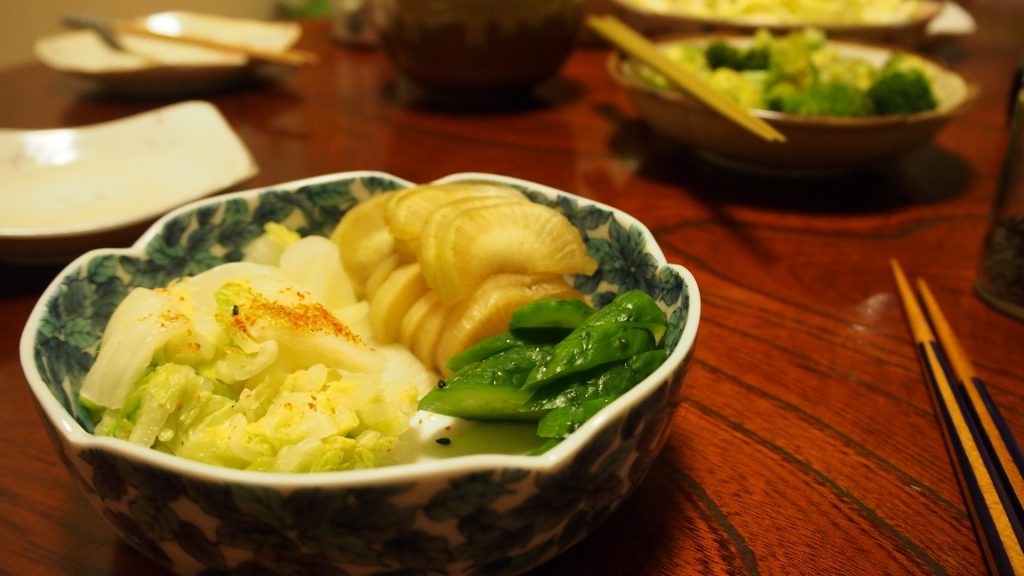
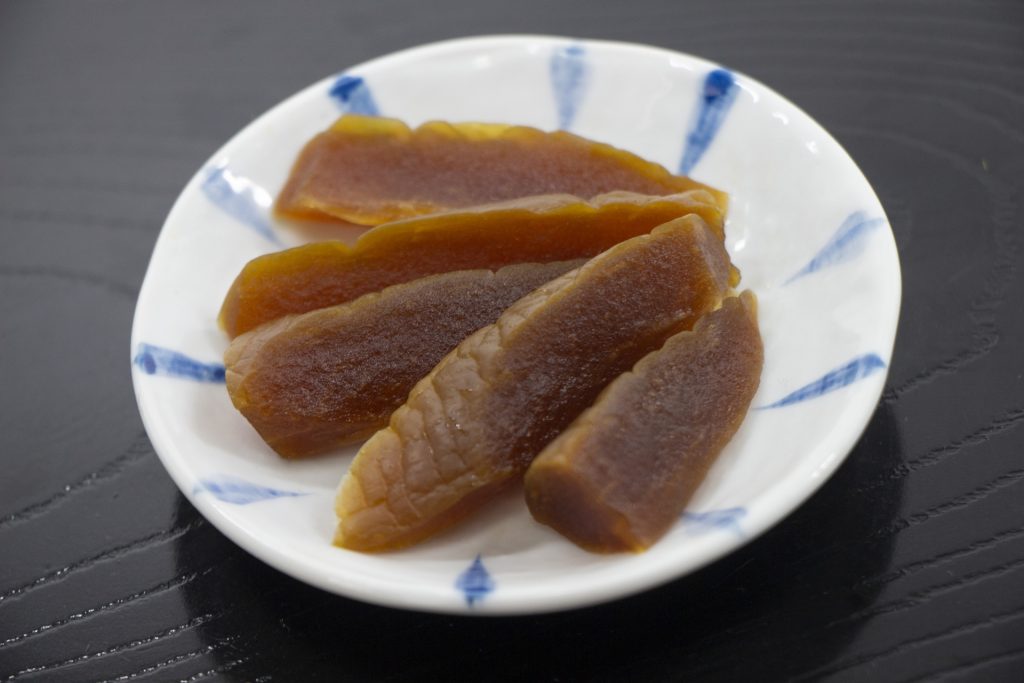
It only makes sense to sample the local sake and tsukemono together when in Nagano as a starter or snack as you drink.
Kaiseki
‘Kaiseki’ refers to a traditional multi-course meal service. While many international visitors to Japan have heard the term kaiseki, the exact meaning is often less well understood. That is for good reason. Kaiseki refers to a multi-course meal service which uses seasonal and often local ingredients to create a unique menu, as designed by the head chef.
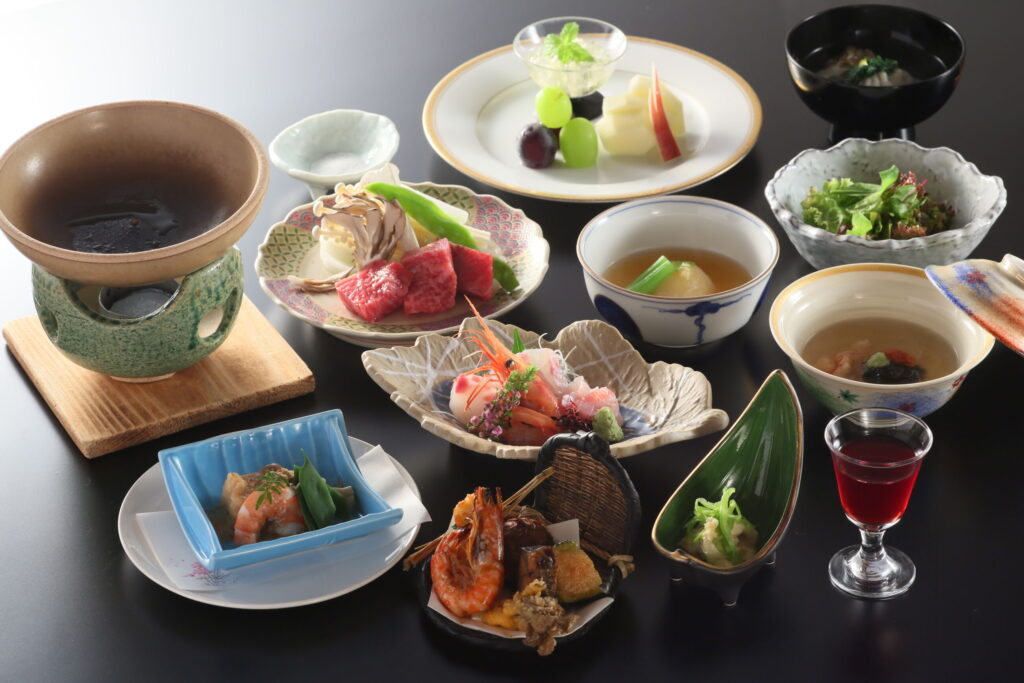
For that reason, not only is there fantastic variation between kaiseki menus between regions, kaiseki dining will varying greatly at the same restaurant or hotel between seasons. Each chef strives to serve their guests with the best possible ingredients and intricate dishes that profile their region and its unique cuisine and flavors of each season.
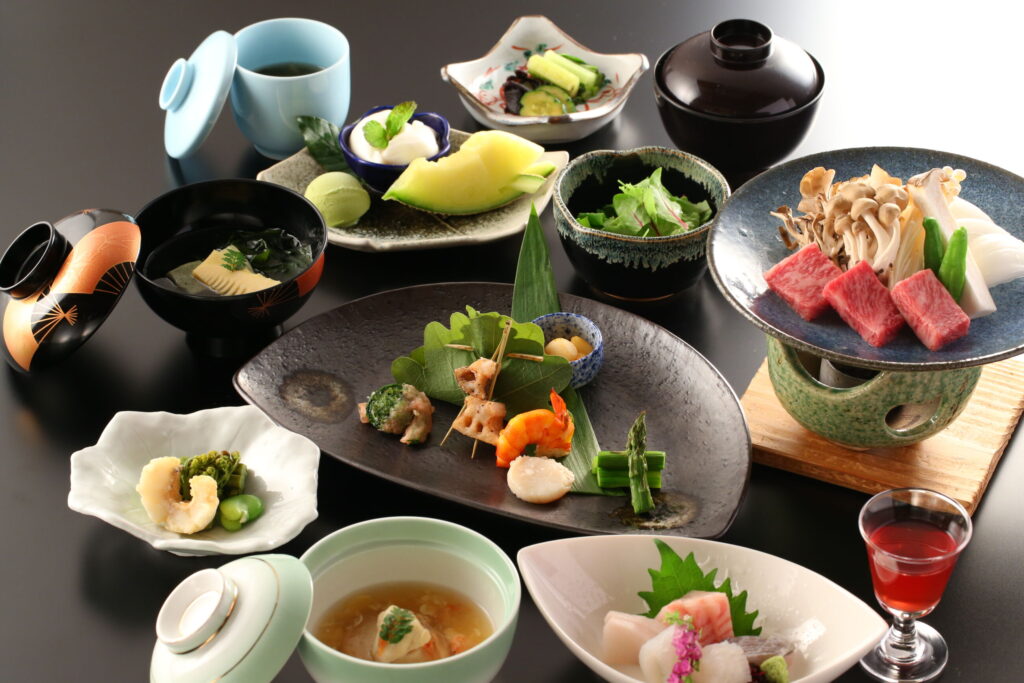
As one of Japan’s primary agricultural regions, producing some of the best vegetables, fruit and meat, Nagano is an ideal place to enjoy kaiseki in combination with local sake. Restaurants and hotels will be able to recommend a bottle that complements the menu and enhances your dining experience.
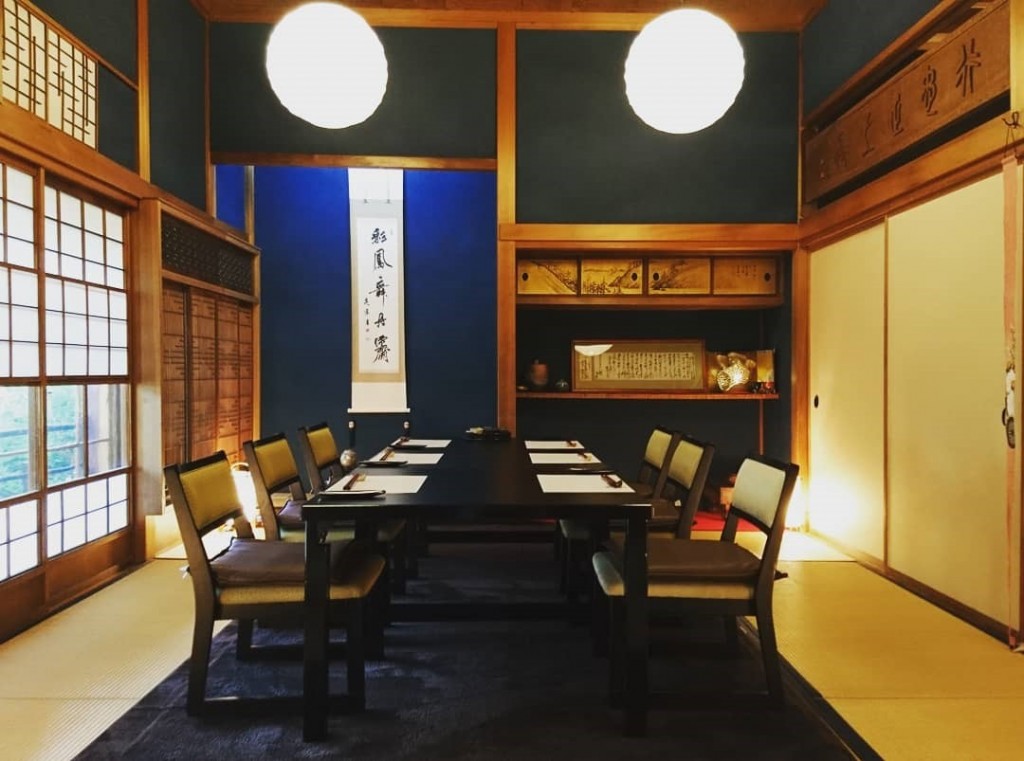
For visitors in Nagano City, Shunka is a renowned kaiseki restaurant located nearby Zenko-ji Temple. Their seasonal menu celebrates the best available produce while the aesthetic of their menu and its constituent dishes is given equal consideration. Complemented by an excellent sake menu, Shunka is a great option for savoring kaiseki and sake together while in Nagano.
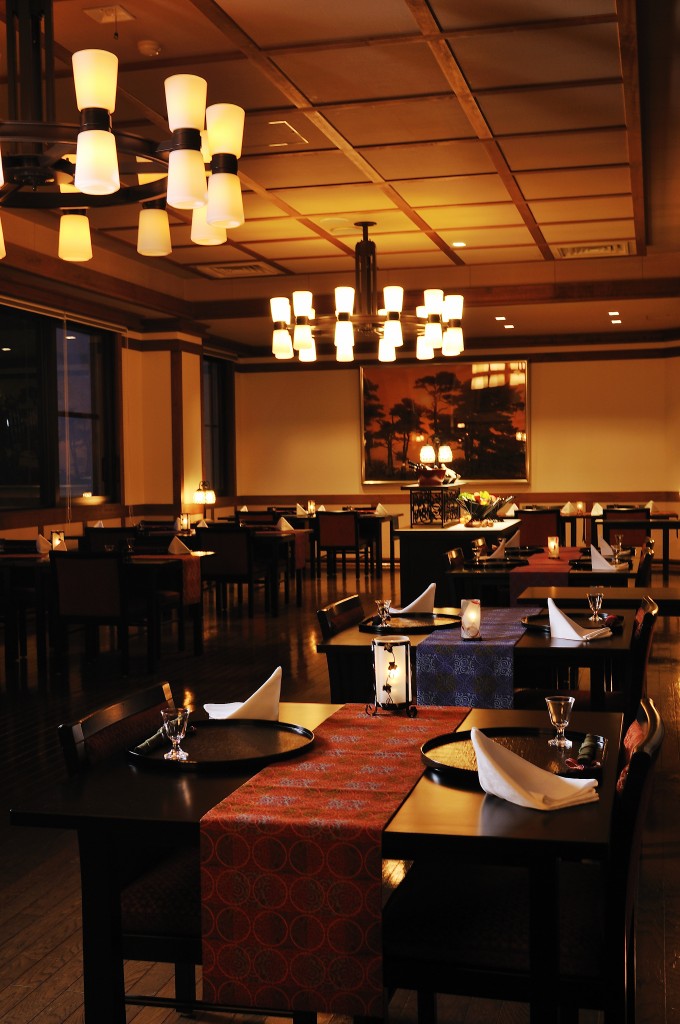
Located within walking distance of the Jigokudani Monkey Park, Hotel Senjukaku is one of the region’s best traditional guesthouses. Known for its dedication to traditional comfort and service, Senjukaku is acclaimed for its excellent hot spring and kaiseki meal service. A long-established favourite of members of the Japanese Royal Family, Hotel Senjukaku is an ideal option for guests wanting to experience traditional Japanese service, cuisine and sake.
GUIDED TOURS INCLUDING SAKE TASTING

As one of Nagano's top tour providers, we are pleased to offer our services in helping you make the best of your vacation time. With group tours, private tours, and private charters as well as help with booking hotels and ski packages, we offer something for every traveler - including those looking to try some tasty Japanese sake!
Our most popular tour, the above includes a guided visit to Nagano's ancient Zenkoji Temple, lunch, a trip to the Jigokudani Monkey Park, and most importantly for this article, sake tasting! With a guide to explain the process of making sake and the different flavor profiles and types, you will quickly become a connoisseur while sipping some drink at an old brewery in downtown Nagano City. What's more, the restaurant included for lunch has sake available on the menu if the tasting didn't fully satisfy you!
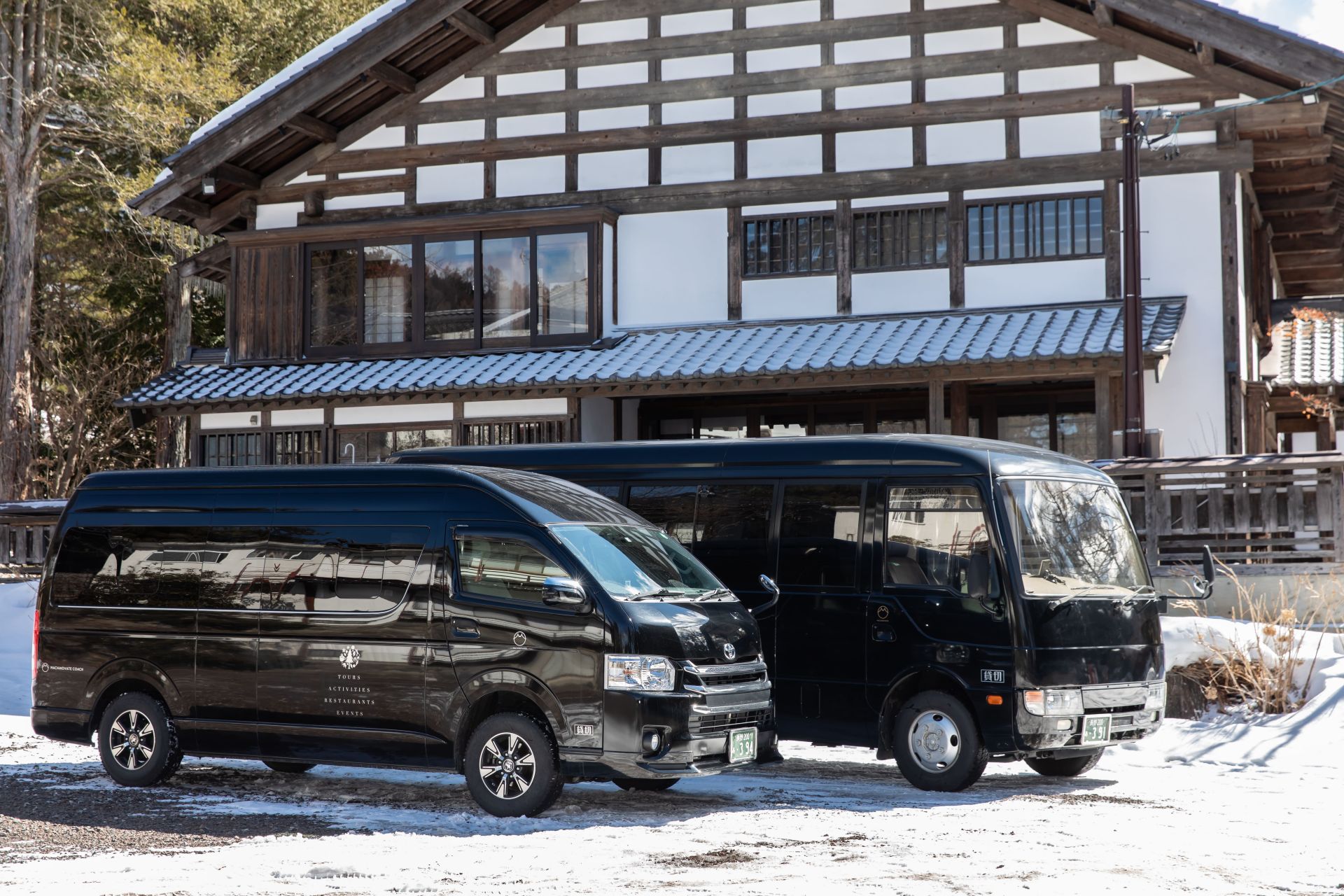
Drinking and driving isn't allowed in Japan, so why not have our private charter fleet take you on an intoxicating adventure around Nagano? With countless breweries, distilleries, and wineries, there is plenty to do for anyone who enjoys a drink now and then. With our help, and with the addition of a guide if you wish, we can produce an itinerary sure to impress. Or, if you know where you want to go, you need only tell us and we can take you! Please click HERE for more information on pricing and availability.














